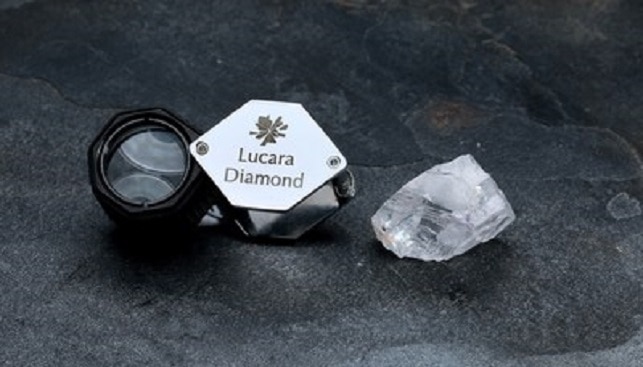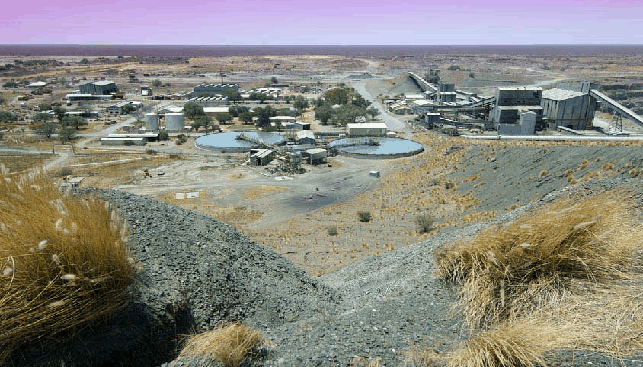In celebration of the natural beauty of the countries from which its diamonds are produced, De Beers Jewellers has introduced Reflections of Nature, the venerable house’s latest collection in the stratospheric world of high jewelry.
The dazzling collection features five sets Okavango Grace, Motlatse Marvel, Namib Wonder, Landers Radiance and Ellesmere Treasure with a total of 39 exclusive pieces.
The latter is probably the most unexpected as few laymen would recognize Canada as a source for diamonds. Yet, Ellesmere Island in the Canadian Arctic is the third largest producer of diamonds in the world.
The pieces in this DeBeers set were designed to reflect the island’s glacial beauty and are evocative of the ice and frosted flora of Ellesmere Island, where diamonds were first discovered in 1991. While colored stones are employed throughout the other Reflections of Nature sets, the Ellesmere Treasures are indeed treasures with their all white diamonds.
A UNESCO World Heritage Site, the Okavango Delta in Botswana is inspiration for De Beers’ Okavango Grace set. Recalling the lush wetlands and the fluidity of the delta’s reeds, the set features a color scheme of rough pink, green, brownish pink, purple and grey diamonds suspended in organic strands that move freely with the wearer.
Design of the Namib Wonder set is based on the beauty of the world’s oldest and largest sand dunes found in Namibia’s Namib Desert. Brilliant white and yellow diamonds set the stage for white rough diamonds, which are cap-set allowing them to move more freely and catch the light from every angle.

The spectacular sunrises and sunsets over the peaks and caverns of Motlatse Canyon in South Africa provide the creative cue for the colorful Motlatse Marvel set. Pink, yellow and white diamonds conjure bejeweled sunbursts.
The teaming underwater universe of South Africa’s Landers Reef is suggested in the Landers Radiance multi-colored, multi-cut theme. “A rainbow of white and fancy color diamonds evokes the vibrant colors of corals and fish, shimmering in sunlit waters” is how De Beers’ promotional materials describe this set.
With introduction of the collection, De Beers Jewellers is reaffirming its commitment to environmental conservation through its widespread Building Forever sustainability initiative and the houses’s commitment to its code of best practices principles. That includes conservation of “The Diamond Route,” some 50,000 acres throughout Southern Africa.
Source: papercitymag











